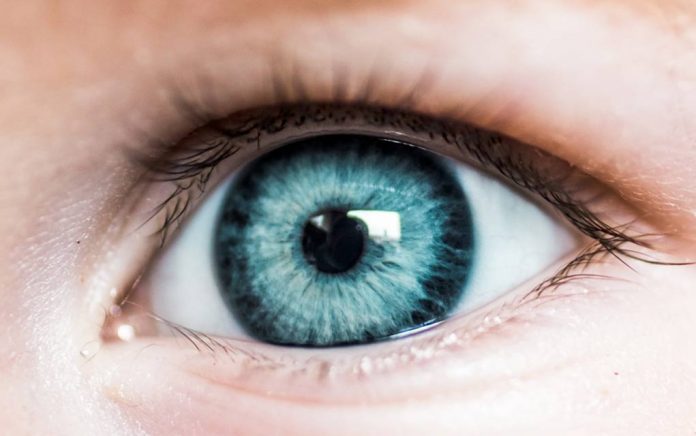
(AscendHealthy.com) – Your eyes can say a lot about your health. They may even offer a unique glimpse into the wellness of your brain. New research has found our eyes may reveal an early warning sign in Alzheimer’s disease development, which could open the doors to earlier treatment.
Diagnosing Alzheimer’s Disease
Alzheimer’s and other forms of dementia can take decades to develop, and by the time a person is showing symptoms, the disease is usually already well underway. And this is a serious problem: Doctors don’t typically screen people for dementia until symptoms become evident, and even then, the diagnostics can only point them toward educated guesses.
There are “biomarkers,” or physical indicators of Alzheimer’s, but they’re not incredibly reliable and don’t typically detect early disease. Doctors can analyze cerebrospinal fluid and blood samples for evidence of elevated proteins, for example, and they can perform scans to measure brain size and rule out issues like physical trauma, tumors or stroke. They also must rule out other problems that can mimic early disease, such as medication side effects, depression and even age-related memory loss.
Currently, the only way to definitively diagnose Alzheimer’s disease is via an autopsy.
Alzheimer’s and the Eyes
A study recently published in Scientific Reports could change the face of early Alzheimer’s disease diagnostics. Researchers have discovered changes to the retina, the part of the eye responsible for capturing light and color, that may occur long before other symptoms are present. They achieved this by combining two highly advanced imaging techniques to take detailed pictures of the backs of the eyes.
The study used two groups of mouse models, one group bred to develop Alzheimer’s disease and a normally aging control group. They found a consistent thinning of retinal tissue in the Alzheimer’s mice, affecting tissue texture and nerve function. The greater the thinning among the layers of tissue, the more advanced the disease. This may be due to disease-related vascular changes that occur in both organs alongside one another. The brain and the eyes are intimately connected, so it makes sense that a disease affecting the brain would also have effects on the eyes.
This new technique is much easier, cheaper and faster than brain imaging. With cost-effective diagnostic options available, doctors could soon be searching for red flags before Alzheimer’s symptoms even occur, which could mean earlier treatment. Given that roughly 10% of men and 20% of women develop symptoms by the time they’re 65, that could mean a longer quality of life for a lot of people.
For all we know about Alzheimer’s disease, it remains one of the great medical enigmas of our time. We might not yet understand how to prevent it, but if this technology becomes mainstream, we might be able to catch it right as it strikes as part of a routine eye exam — and that’s a huge step up from our current diagnostics.
~Here’s to Your Healthy Ascension
Copyright 2024, AscendHealthy.com




















